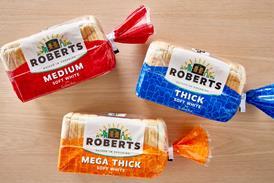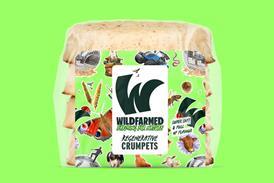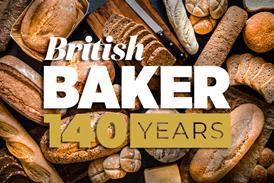Federation of Bakers welcomes clarification on wholemeal debate

Trade body, which represents the UK’s largest plant bakers, welcomed the “valuable clarification” adding that the guidance reinforces that its members have correctly interpreted and applied the law
To continue reading, register for free
You are what you read, registration is quick, easy and free. Just click register now and you’ll be finished faster than it takes you to butter a crumpet!
Don’t miss out:
- Unlimited access to content
- Regular newsletters to your inbox
- Save articles to read later on
- A more personalised experience
Already registered? Please log-in here


















